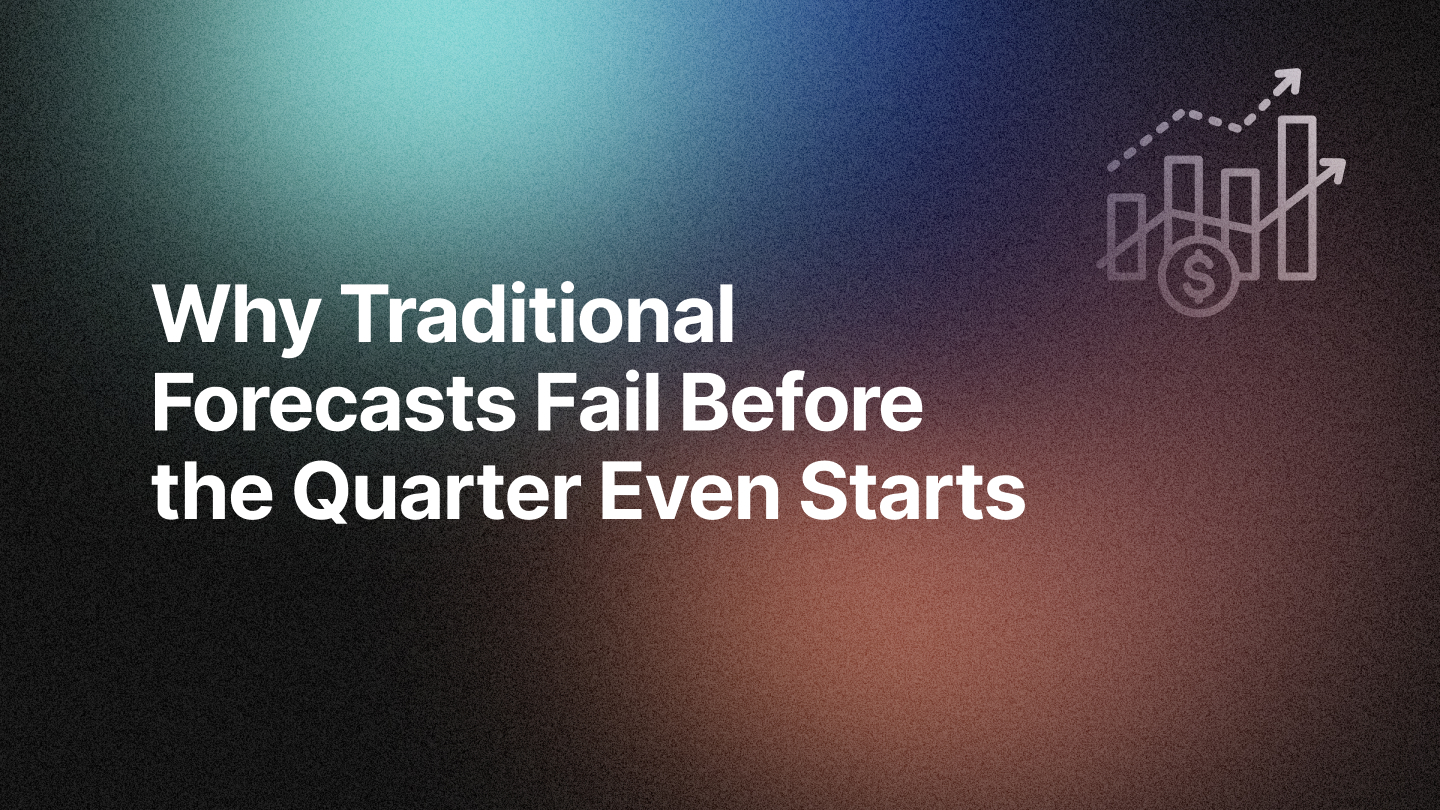In today’s fast-paced marketing landscape, making informed decisions about budget allocation is more critical than ever. According to recent studies, companies that effectively utilize data-driven marketing strategies experience a 20% increase in ROI. Understanding where to allocate your budget and resources for maximum impact is crucial in this ever-evolving environment. Enter Marketing Mix Modeling (MMx) – a sophisticated approach designed to help businesses navigate this complexity. In this blog post, we’ll explore how MMx works, its benefits, and how it synergizes with Multi-Touch Attribution (MTA) to enhance your marketing strategy.
What is Marketing Mix Modeling?
Marketing Mix Modeling (MMx) is a data-driven technique used to evaluate the effectiveness of different marketing channels and tactics. By analyzing historical data, MMx assesses the impact of various marketing activities on sales and other key performance indicators. This enables businesses to identify which components of their marketing mix—such as digital advertising (Google Ads, LinkedIn, Meta), conferences, and offline events—are driving performance and which are underperforming. With these insights, marketers can make informed decisions on how to allocate their budget to maximize return on investment (ROI).
Why is Marketing Mix Modeling (MMx) Important?
Here’s why Marketing Mix Modeling (MMx) stands out as a crucial tool:
1. Quantifiable Insights: MMx offers clear, quantifiable insights into how different marketing channels contribute to pipeline and revenue generation. These insights enable marketers to make informed decisions about where to invest their resources for maximum impact.
2. Strategic Allocation: With MMx, businesses can strategically allocate their budget by understanding the impact of each marketing channel. This strategic allocation ensures that every dollar spent is contributing to the overall marketing goals, maximizing return on investment.
3. Long-Term Planning: MMx supports long-term planning by forecasting the potential impact of future marketing activities based on past data. By analyzing historical performance, businesses can anticipate trends and adjust their strategies accordingly. Studies show that companies using MMx for long-term planning experience more consistent growth and better adaptability to market changes.
In summary, MMx not only provides the data-driven insights needed for immediate decision-making but also equips businesses with the strategic foresight required for sustainable growth.
How to build a Marketing Mix Modeling (MMx) Strategy?
Building an effective Marketing Mix Modeling (MMx) strategy involves several key steps to ensure accurate and actionable insights. Here is a step-by-step guide to help you get started:
1. Define KPIs: Start by clearly defining your business objectives and key performance indicators (KPIs). Understand what you want to achieve with your MMx strategy, such as increasing sales, improving brand awareness, or optimizing marketing spend.
2. Data Collection: Gather data from various sources, including historical pipeline and booking generation, marketing spending, and external factors like market trends and macroeconomic conditions.
3. Identify Variables: Identify the variables that influence your marketing performance. These can include internal factors like marketing campaigns and external factors like economic conditions and seasonal trends. Categorize these variables into controllable (e.g., ad spend) and uncontrollable (e.g., weather) factors.
4. Model Building and Validation: Use statistical methods and the input data as factors to create a model that estimates the contribution of each marketing channel to overall performance. This involves creating equations that quantify the relationship between your marketing activities and performance metrics. Validate the model by testing it against a separate dataset to ensure its accuracy and reliability.
5. Insight Generation: Analyze the model to identify which channels are most effective and where adjustments may be needed to maximize performance and implement the changes. MMx will help you identify which channels and tactics are driving performance and which ones are not delivering the expected results.
6. Monitor and Adjust: Continuously monitor the performance of your marketing activities and the accuracy of your MMx model. Make adjustments as needed to adapt to changing market conditions and ensure ongoing optimization.
The Synergy of MMx and Multi-Touch Attribution
While MMx is powerful on its own, its effectiveness is significantly enhanced when combined with Multi-Touch Attribution (MTA). MTA is another analytical approach that evaluates how various touchpoints along the customer journey contribute to conversions. Let us see how MMx and MTA complement each other:
1. Holistic View: MMx provides a broad perspective on the effectiveness of the overall marketing mix, while MTA facilitates the tactical execution of your decisions by refining them in real-time. Together, they provide a comprehensive view of marketing performance.
2. Granular Analysis: MTA’s focus on touchpoints allows for a more granular analysis of how different marketing activities influence customer behavior at various funnel stages. It gives real-time insights, enabling you to decide the next-best action, reallocate resources, and determine when to stop, decrease, or double down on a campaign.
3. Optimized Performance: Combining both strategies leads to better optimization of your return on spending. MMx aids in long-term investment strategy, while MTA contributes to day-to-day decision-making.
By leveraging MMx and MTA, marketing teams can achieve a more precise and impactful strategy, driving better results and maximizing ROI.
How RevSure does Marketing Mix?

Comprehensive Channel Analysis: RevSure enables you to visualize and quantify the contribution of each marketing channel to overall sales and key performance metrics. By leveraging robust data analytics and machine learning, you can track campaign performance, understand channel impact, and make informed decisions to maximize your marketing ROI.
AI-Driven Performance Optimization: Optimize your marketing spend across channels with AI-driven insights. RevSure helps you target key metrics such as impressions, pipeline generated, bookings, and ROI. With detailed data at your fingertips, you can refine campaigns and allocate budgets more effectively, ensuring cost efficiency and enhanced performance.
Privacy Compliance and Bias-Free Modeling: Adhering to strict privacy standards, RevSure’s model doesn’t rely on UTM codes, cookies, or identity resolution, ensuring unbiased and comprehensive channel analysis. This approach helps marketing teams stay aggressive and forward-thinking while maintaining compliance with privacy regulations.
RevSure’s Marketing Mix Modeling is a data-driven approach to decision-making, leveraging statistical analysis and historical data for consistent and reliable outcomes. It not only justifies marketing spend but also fosters cross-functional collaboration, aligning efforts across sales, finance, and product teams to achieve cohesive business objectives.
RevSure’s solution empowers marketing teams with actionable insights to track channel performance and achieve maximum ROI. Ready to transform your marketing strategy?
Book a demo with RevSure today and start your journey toward optimized marketing effectiveness.
Related Blogs







